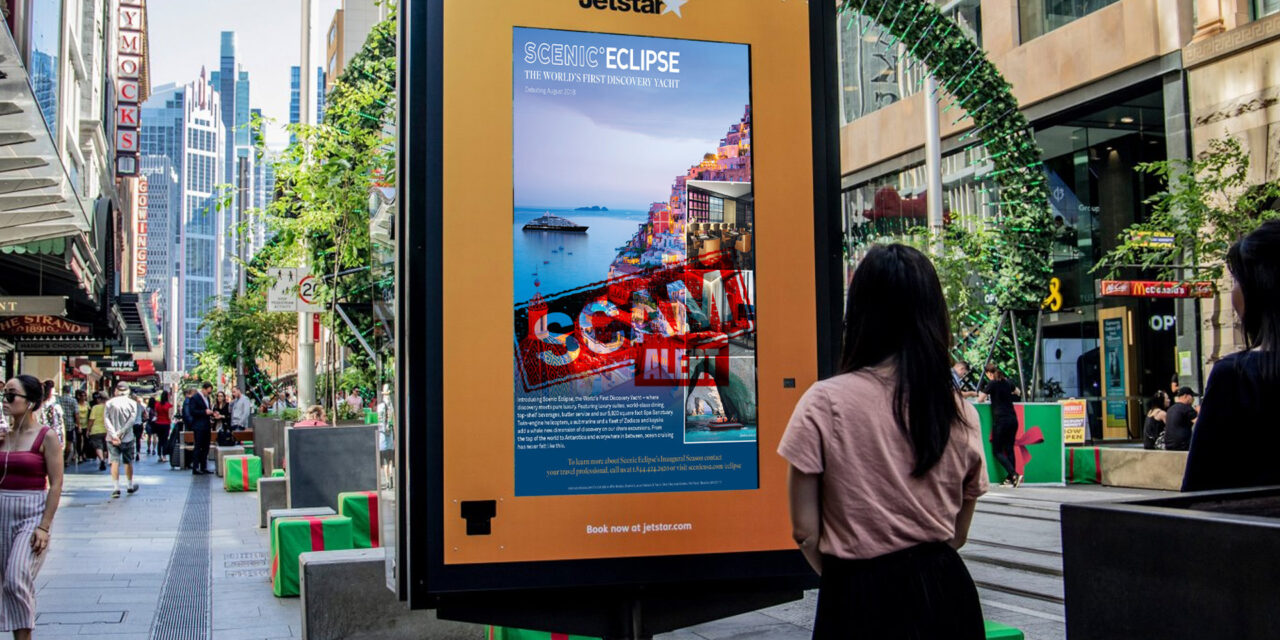More bots attack the travel industry digital ads than in other sectors, according to data from a fraud prevention platform.
With the gradual normalization of international travel worldwide, travel advertisement fraud is also expected to rise in tandem, with an estimated loss of US$56bn expected in South-east Asia (SEA) markets.
The SEA region is notable for having one of the largest online travel markets, and travel ad fraud is rampant due to the market size.
As airline websites, travel apps and online-travel agencies (OTAs) are home to a host of data such as flight, pricing, booking, and discounts, bad bots can be deployed by scammers to make it appear as if far more people are viewing than booking flights. This kind of ‘invalid traffic’ can result in higher fees for advertisers operating on a pay-per-install basis.
According to analysis by Trafficguard, performance networks that are being paid to drive these installations are delivering upwards of 50% invalid traffic on average, resulting in many fraudulent installs and misattributions of post-install events such as flight and hotel bookings.
On top of bot-driven ad fraud, other undesirable trends have been noted in the industry:
- Trafficguard’s data shows that the travel industry has a proliferation of third party OTAs—some of which are authorized and some are not—that scrape the data of airlines/hotel databases, and sell them on behalf of airlines and rentals
- The travel industry also has many high value loyalty programs that fraudsters will try to assume control of
- Many travel vendors use apps and mobile experiences to reach their target customers and by trying to drive installations of their apps, they are more susceptible to receiving bad quality traffic and misattribution
Bearing the brunt of such ad-traffic fraud will be the advertisers who pay for traffic that will never generate any value.
Said Mat Ratty, CEO, Trafficguard: “A lot of budget is spent on searches that have expensive pay-per-click keywords. There’s also a lot of programmatic campaigns with tailored messaging to consumers who have shown an interest in a particular airline or destination. These channels are rife with ad fraud.”

















